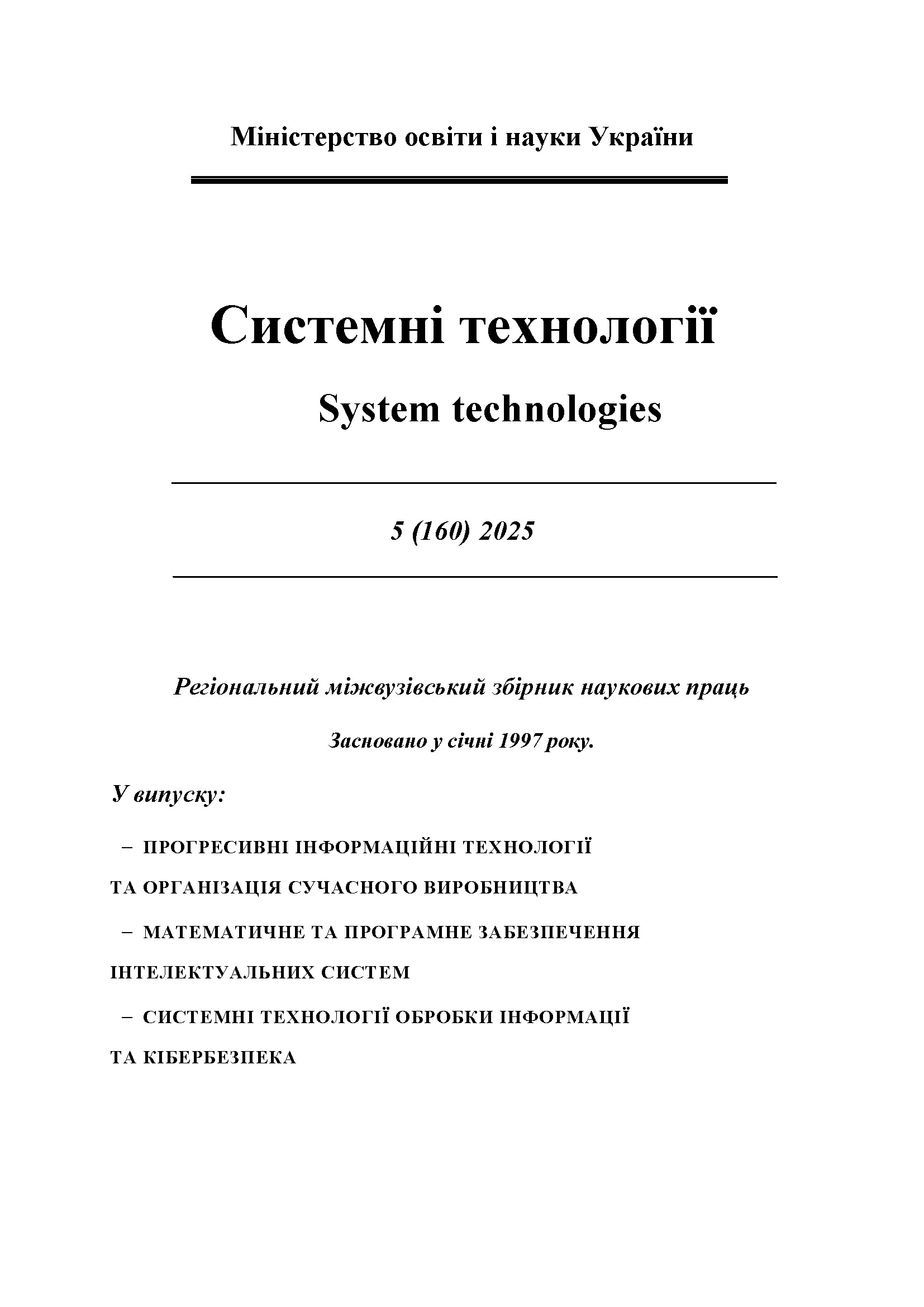Аналіз наукових і практичних досягнень у сфері генерації ревербераційних ефектів
DOI:
https://doi.org/10.34185/1562-9945-5-160-2025-02Ключові слова:
реверберація, акустичні характеристики, процедурна генерація, машинне навчання, комп’ютерні ігриАнотація
У роботі розглянуто проблему створення реалістичних звукових ефектів ревер-берації в комп’ютерних іграх. Показано основні особливості існуючих методів гене-рації реверберації, серед яких складність ручної обробки параметрів звуку, статич-ність моделей та обмежена адаптивність до геометрії ігрового простору. Визначено, що проблема створення реалістичних ревербераційних ефектів для комп’ютерних ігор є досяжною лише при застосуванні сучасних підходів, що зменшують ручне налашту-вання та підвищують адаптивність звукових параметрів. На підставі аналізу визначе-но, що існують значні перешкоди, які знижують реалістичність акустичного супрово-ду доступними методами.
Посилання
P. Doyle, Echo and Reverb: Fabricating Space in Popular Music Recording, 1900–1960. By Peter Doyle., т. 88, Middletown, CT: Wesleyan University Press, 2005, pp. 379-382.
L. L. Beranek, Acoustics, New York: Acoustic Society of America, 1954.
M. R. Schroeder, «Natural sounding artificial reverberation» Journal of the Audio Engi-neering Society, vol. 10, № 3, pp. 219-223, 1962.
J. D. Polack, «Modifying the Decay Rate of Reverberation in Room Acoustics» The Jour-nal of the Acoustical Society of America, vol. 83, № 3, pp. 1057-1066, 1988.
J. B. Allen and D. A. Berkley, «Image method for efficiently simulating small-room acous-tics» The Journal of the Acoustical Society of America, vol. 65, № 4, pp. 943-950, 1979.
B. Blesser, «Audio rendering: An overview of approaches to physically modeling the acoustics of spaces.,» Journal of the Audio Engineering Society, vol. 49, № 7/8, pp. 534-554, 2001.
N. Raghuvanshi, N. Rahul and M. C. Lin, «Efficient and accurate sound propagation using adaptive rectangular decomposition» IEEE Transactions on Visualization and Computer Graphics, vol. 15, № 5, pp. 789-801, 2009.
J. A. Moorer, «About this reverberation business» Computer Music Journal, vol. 3, pp. 13-28, 1979.
M. &. J. H. Karjalainen, «Reverberation modeling using digital signal processing tech-niques» in AES Convention, Amsterdam, 2001.
N. Tsingos, E. Gallo and G. Drettakis, «Perceptual audio rendering of complex virtual environments» ACM Transactions on Graphics (TOG), vol. 23, № 3, pp. 249-258, 2004.
N. Tsingos, E. Gallo and G. Drettakis, «Parametric wave field coding for precomputed sound propagation» ACM Transactions on Graphics (TOG), vol. 33, № 4, pp. 1-11, 2014.
L. Savioja and P. U. Svensson, «Overview of geometrical room acoustic modeling tech-niques» The Journal of the Acoustical Society of America, vol. 138, № 2, pp. 708-730, 2015.
J. Reiss and A. McPherson, Audio Effects: Theory, Implementation and Application., Boca Raton: CRC Press, 2014.
T. Lentz, «Virtual acoustics based on the wave equation: Echoes, late reverberation, and listening tests.,» AES Journal, vol. 55, № 9, pp. 723-740, 2007.
M. Vorländer, Auralization: Fundamentals of Acoustics, Modelling, Simulation, Algo-rithms and Acoustic Virtual Reality., Heidelberg: Springer Berlin, 2008.
K. &. M. P. Misztal, «Current State of Research in Audio Signal Processing» Journal of Audio Engineering Society, vol. 66, № 5, pp. 401-415, 2018.
G. Somberg, Game Audio Programming: Principles and Practices., Boca Raton: CRC Press, 2016.
T. Carpentier and O. Warusfel, «A Review of 3D Audio Techniques for Sound Design and Game Audio Applications» in AES Conference: 147th International Audio Engineering Society Convention., Amsterdam, 2020.
N. Tsingos, T. Funkhouser, A. Ngan and I. Carlbom, «Modeling acoustics in virtual envi-ronments using the uniform theory of diffraction» ACM Transactions on Graphics, vol. 20, № 2, pp. 187-194, 2001.
B. C. J. Moore, An Introduction to the Psychology of Hearing. 6th ed., Bingley: Emerald Group Publishing, 2012.
Завантаження
Опубліковано
Номер
Розділ
Ліцензія
Авторське право (c) 2025 Системні технології

Ця робота ліцензується відповідно до ліцензії Creative Commons Attribution 4.0 International License.















